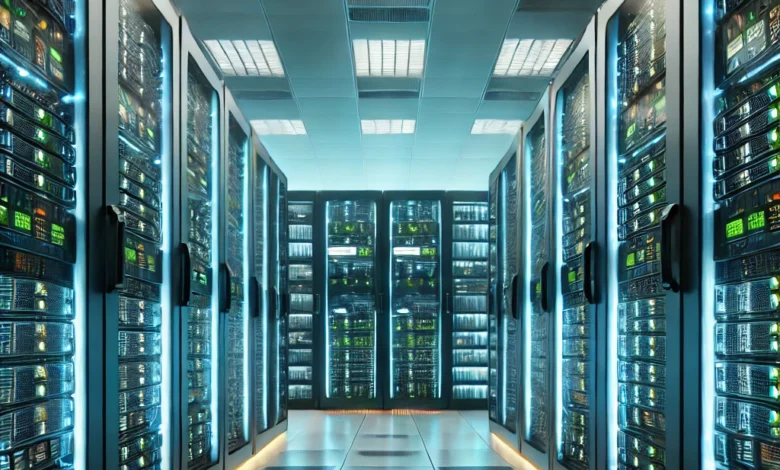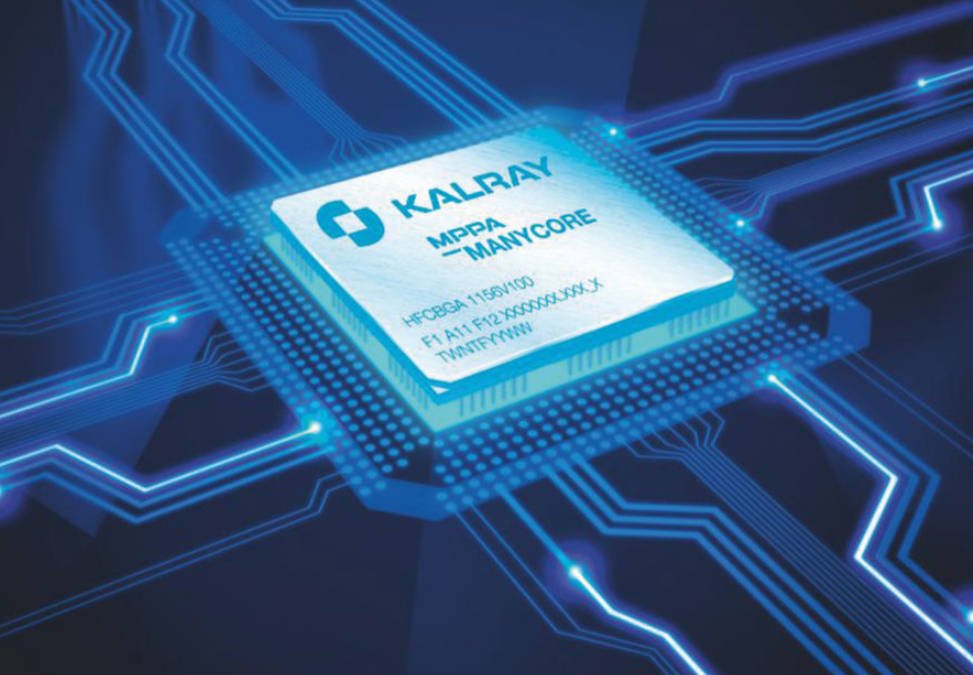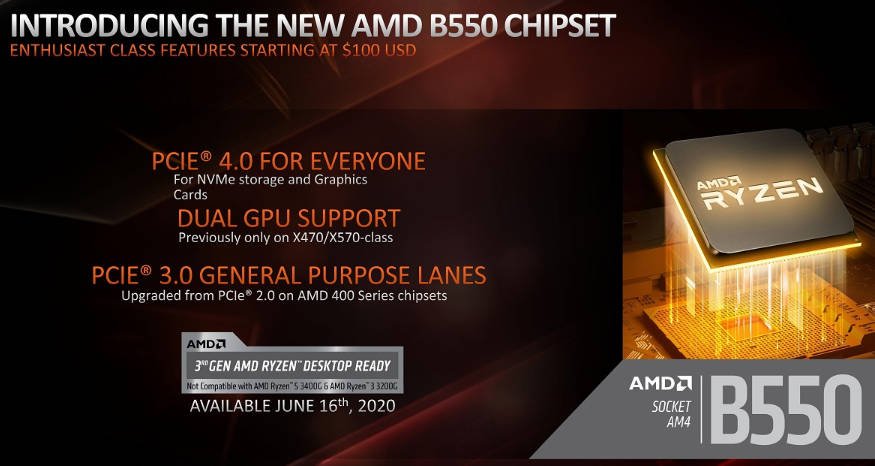
Understanding Rack Servers: The Backbone of Modern Data Centers
In today’s digital age, where data is the new gold, the need for robust, reliable, and scalable server solutions is more critical than ever. Rack servers, also known as rack-mounted servers, have emerged as a cornerstone of modern data centers, offering a perfect blend of performance, scalability, and efficient use of space. For instance, the FusionServer 2288H V5 by Huawei is an excellent example of a high-performance rack server that meets the demanding needs of modern enterprises. This article dives deep into the world of rack servers, exploring their architecture, benefits, and applications.
What are Rack Servers?
Rack servers are computers designed to be installed in a framework known as a rack. Each server is housed in a rectangular, standardized unit that can be stacked vertically in a server rack, optimizing the use of floor space. This design allows for easy management, cooling, and interconnection of multiple servers within a single physical footprint.
Key Features of Rack Servers
1. Standardized Form Factor
Rack servers are built to fit into industry-standard racks, typically measuring 19 inches in width. They come in various heights, often described in “U” units, where 1U equals 1.75 inches. Common sizes include 1U, 2U, and 4U, depending on the server’s capabilities and the required space for cooling and components.
2. High Density and Scalability
One of the significant advantages of rack servers is their ability to be densely packed. This high density allows data centers to maximize their computing power within a limited space. Additionally, scalability is straightforward; new servers can be added to the rack as needed, without requiring major changes to the existing infrastructure.
3. Efficient Cooling
Rack servers are designed with efficient cooling in mind. The standardized rack design allows for the use of sophisticated cooling systems, including air and liquid cooling solutions, to manage the heat generated by densely packed servers. This efficiency helps in maintaining optimal operating temperatures and prolonging the lifespan of the hardware.
4. Easy Maintenance and Management
With their standardized form factor and front-facing interfaces, rack servers offer easy access for maintenance and upgrades. IT administrators can quickly replace or upgrade components without significant downtime. Additionally, many rack servers come with built-in management tools for remote monitoring and management, enhancing their ease of use.
Advantages of Rack Servers
Space Efficiency
The ability to stack multiple servers vertically in a rack ensures that valuable floor space in data centers is used efficiently. This space-saving design is crucial for organizations looking to expand their data processing capabilities without expanding their physical footprint.
Enhanced Performance
Rack servers are designed to deliver high performance. They can house powerful processors, ample memory, and multiple storage drives, making them suitable for handling demanding applications and large-scale computing tasks.
Cost-Effective
While the initial investment in rack servers and racks can be significant, their high density and scalability translate to long-term cost savings. Organizations can add servers as needed without investing in additional infrastructure, optimizing their initial investment over time.
Versatility
Rack servers are highly versatile and can be used for a wide range of applications, from web hosting and virtualization to running enterprise-grade applications and databases. Their modular nature allows organizations to customize their server setup to meet specific needs.
Applications of Rack Servers
Rack servers are employed in various scenarios, including:
Data Centers
Large data centers rely on rack servers to provide the backbone of their computing infrastructure. Their scalability and high density make them ideal for handling vast amounts of data and running multiple applications simultaneously.
Cloud Computing
Rack servers are fundamental to the infrastructure of cloud service providers. They enable the provisioning of virtualized environments, supporting the delivery of cloud services such as IaaS, PaaS, and SaaS.
Enterprise IT
Businesses of all sizes use rack servers to support their internal IT needs. They can host critical business applications, databases, and virtual machines, ensuring seamless operations and data management.
Telecommunications
Telecommunications companies use rack servers to manage and process vast amounts of data traffic. Their reliability and performance are essential for maintaining uninterrupted communication services.
Conclusion
Rack servers are indispensable in the modern computing landscape. Their standardized design, high density, and scalability make them a preferred choice for data centers, cloud providers, and enterprises. As technology continues to evolve, rack servers will undoubtedly remain at the forefront, supporting the growing demands of the digital age. Whether you’re setting up a new data center or expanding an existing one, understanding the benefits and capabilities of rack servers is crucial for making informed decisions that will impact your organization’s efficiency and performance for years to come.



